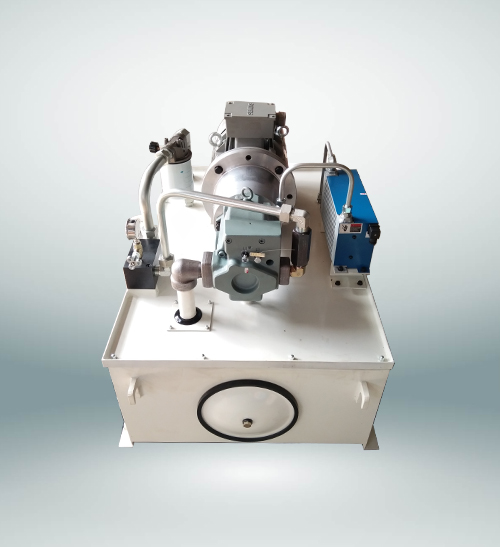
Trouble shooting of no action of ballast distributing and shaping vehicle
(1) Cause of the fault
The end face of the traveling hydraulic pump of a ballast distributing and shaping truck leaks oil. Remove the end cover of the hydraulic pump, take out the damaged seal ring, replace it with a new seal ring, and reinstall the hydraulic pump. During this process, no other parts in the hydraulic pump were moved, but after the hydraulic pump was connected, it was filled with oil and started for test run. There was no action and no pressure in the hydraulic pump.

(2) Fault analysis
Recheck the hydraulic system and no abnormality is found. It is inferred that the fault is still in the hydraulic pump itself. Dismantle the hydraulic pump for inspection, and it is found that the cylinder plunger is well matched, the elasticity of the laminated spring meets the requirements, and the drive swashplate is easy and free without obvious abnormality. Reassemble and install it on the vehicle and try again, but the fault still exists. The hydraulic pump has no pressure, its essence is no flow output, which is mainly caused by the following reasons: 1. The cylinder plunger is seriously worn; 2. The oil distribution plate is seriously worn; 3. The pretightening force between the oil distribution plate and the cylinder block is insufficient; 4. The variable piston is stuck at zero position. However, item 1.2.3 can be excluded from the process of disassembling the hydraulic pump, and only item 4 remains. The cause of the failure lies in the variable piston. Although the variable piston has not been moved when replacing the seal ring, during the installation of the hydraulic pump, dirt may just be stuck on the variable piston, and the variable piston is just at the zero position, resulting in no pressure flow output of the hydraulic pump.
(3) Troubleshooting
(4) Adjust the adjusting bolts of the variable piston so that the swashplate is between the Z big and Z small swing angles, and then restart the hydraulic pump. At this time, there is a pressure display immediately, and there are all operating actions. Then, back the adjusting screws to the original position. After the test run, all actions return to normal.